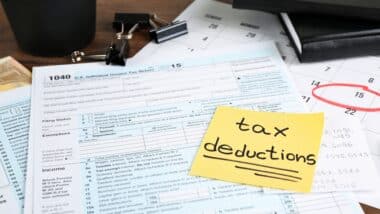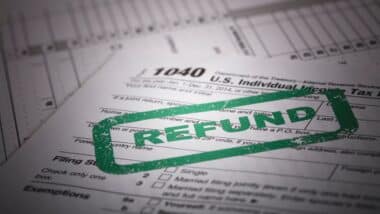Australia’s new superannuation tax plan has sparked widespread concern among workers about the future of their retirement savings. The government aims to impose higher taxes on super balances exceeding $3 million, including a 30 percent tax on earnings above this threshold and a 15 percent tax on unrealised gains.
According to Daily Mail Australia, this policy could impact many Australians under 40 once they retire, challenging long-held assumptions about tax fairness. The plan also raises questions about exemptions for certain public officials and the broader implications for asset taxation in the country’s retirement system.
Overview of Labor’s Proposed Superannuation Tax Changes
Labor’s government has introduced a plan to significantly increase taxes on superannuation balances exceeding $3 million, raising concerns among Australians about the future of their retirement savings.
Under the proposed legislation, earnings on super funds above this threshold would be taxed at 30 percent. Additionally, a new tax of 15 percent on unrealised gains—the notional increase in asset value—is proposed for superannuation assets exceeding $3 million. These measures are part of what is known as tax division 296.
The legislation comprises two bills: the Treasury Laws Amendment (Better Targeted Superannuation Concessions and Other Measures) Bill 2023 and the Superannuation (Better Targeted Superannuation Concessions) Imposition Bill 2023.
The government is considering applying these changes retroactively from July 1, 2025.
Exemptions and Defined Benefit Schemes
Certain groups are exempt from these new taxes for the time being. This includes federal MPs elected before 2004, judges, state parliamentarians, and some public servants who benefit from defined benefits superannuation schemes—where retirement payouts are guaranteed and not linked to market fluctuations.
Notable exempt MPs include Foreign Minister Penny Wong, Transport Minister Catherine King, independent MP Bob Katter, and recently retired Labor MPs Brendan O’Connor and Maria Vamvakinou. This exemption highlights a disparity, as most Australian workers are on accumulation-style super funds that fluctuate with financial markets and are thus subject to the new tax plan.
Impacts on Australian Workers and Market Assets
Experts such as Diana Mousina, deputy chief economist at AMP, and Richard Webb, superannuation lead at CPA Australia, warn the tax will affect far more Australians than the government’s estimate of 80,000 people.
They emphasize that younger workers, particularly those under 40, face significant exposure to these taxes by the time they retire in four decades or less.
Liberal MP Tim Wilson has warned that
Anyone who thinks that the family savings tax isn’t coming for them is wrong – adding that
Everyone under the age of 40 is going to be hit and hit hard, particularly if they do well.
Wilson also cautions that taxing unrealised gains on super could open a “Pandora’s Box” leading to similar taxes being applied on other asset classes such as family homes, small businesses, and trusts.
Wilson further criticized the plan as hypocritical, saying,
When the Prime Minister designs a family savings tax that exempts his super but nobody else’s — it shows a gross hypocrisy, that standard that’s being applied. There’s a standard for we but not for thee.
Political Debate and Legislative Challenges
Treasurer Jim Chalmers argues the proposed taxes will ultimately apply to defined benefit schemes, but acknowledges that this will require fine-tuning of the legislation.
He explains the actuarial calculation for these schemes aligns with previous Coalition government reforms, but that inconsistencies remain to be addressed.
A parliamentary summary points out that the proposed tax affects individuals differently, depending on factors such as retirement phase, liquidity of assets held within superannuation, and whether one is in a defined benefit scheme or an accumulation scheme.
A Treasury paper from the previous year noted that while Labor intends to apply the tax to defined benefit interests, the issue remains unresolved and consultations are ongoing. The government aims for “broadly commensurate treatment” between the two types of schemes.









